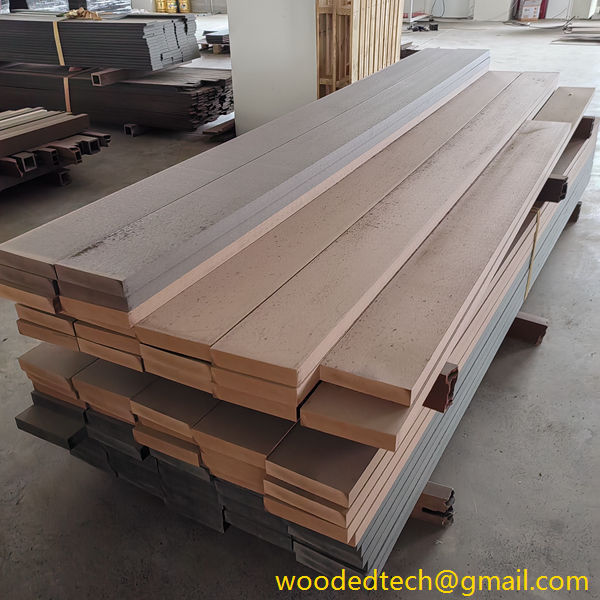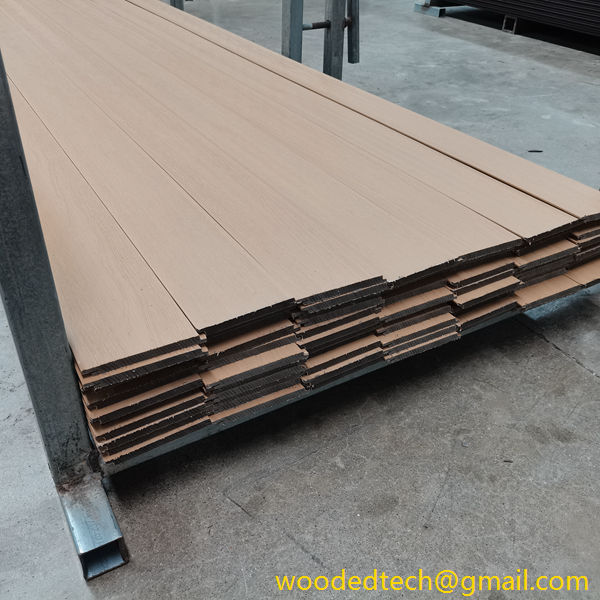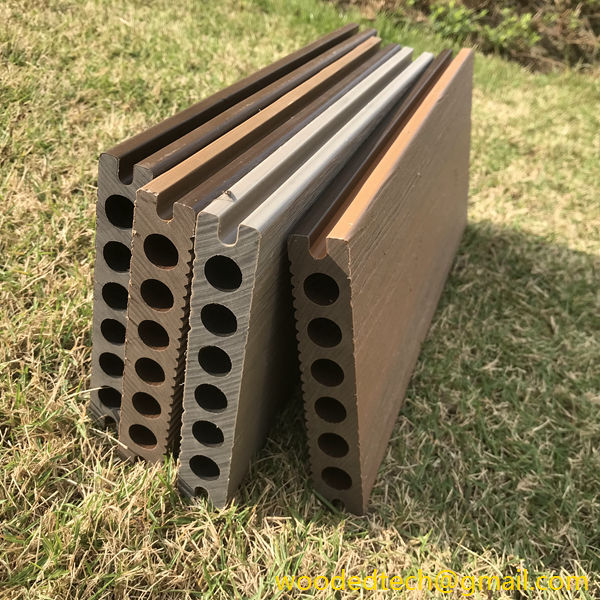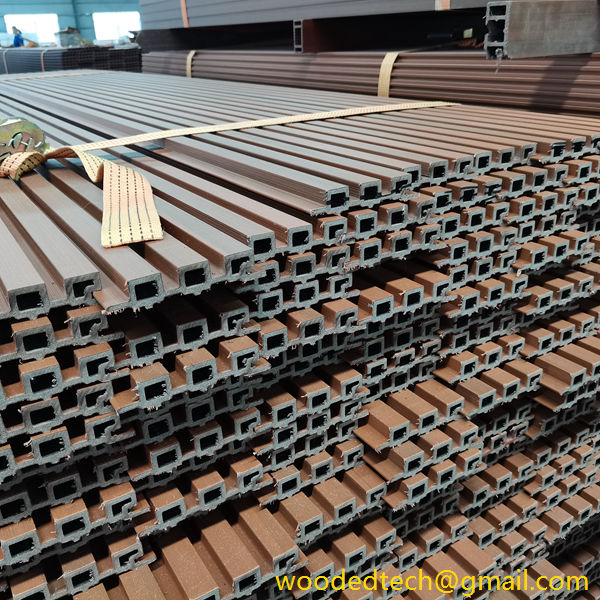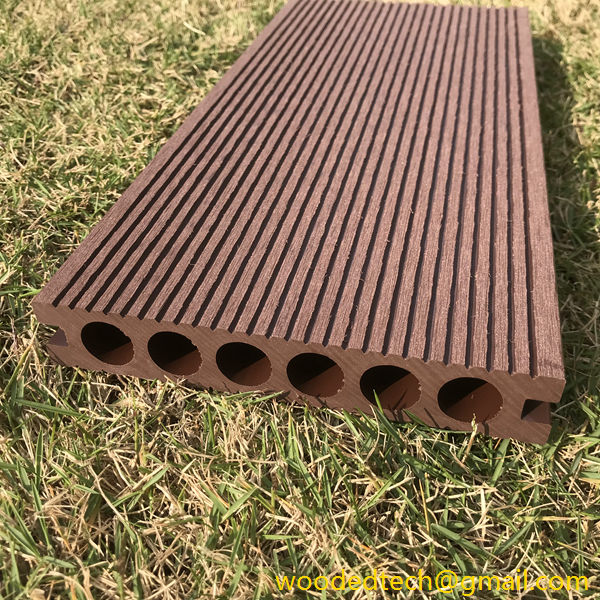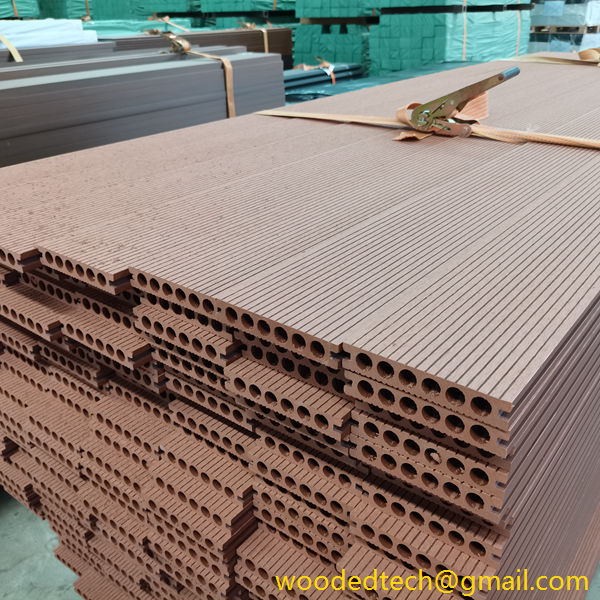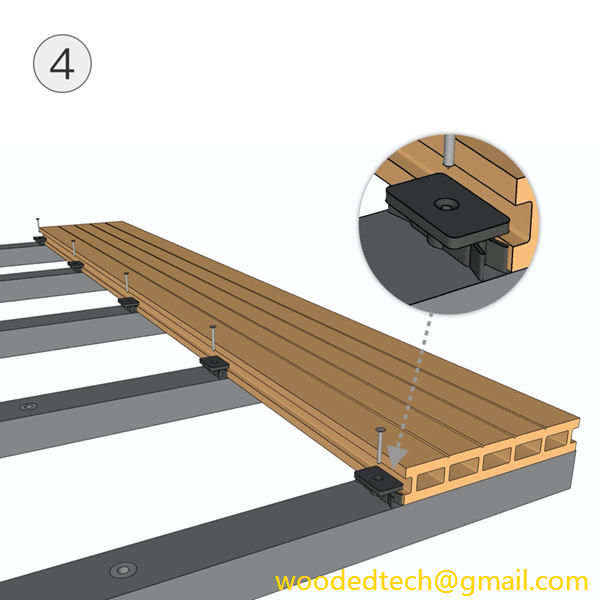The global market for WPC (Wood Plastic Composite) wooden flooring is undergoing significant transformation, driven by shifts in production capacity distribution and pricing advantages. As various regions ramp up their manufacturing capabilities and optimize their supply chains, the dynamics of the WPC flooring market are changing, presenting both challenges and opportunities for stakeholders.
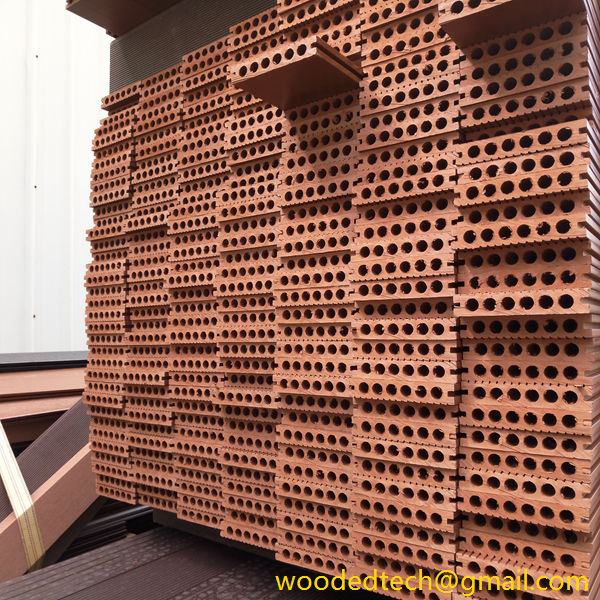
One of the primary trends in the WPC wooden flooring market is the geographical shift in production capacity. Traditionally dominated by a few key players, the landscape is expanding as manufacturers from emerging economies invest in advanced technologies and production facilities. Countries in Asia, particularly China and Vietnam, have seen substantial increases in their manufacturing capacities. These nations benefit from lower labor costs and access to abundant raw materials, allowing them to produce WPC flooring products at competitive prices. This shift not only enhances the production capabilities of these countries but also contributes to a global oversupply, pressuring prices and forcing established players to rethink their strategies.
In contrast, regions like North America and Europe, which have historically been leaders in WPC flooring production, are facing challenges related to cost structures. While they maintain high standards in quality and sustainability, the higher labor costs and stringent regulations can hinder their ability to compete on price. However, these regions are leveraging their technological advancements and innovation to develop premium products that cater to environmentally conscious consumers. By focusing on quality, durability, and aesthetic appeal, manufacturers in these regions aim to carve out a niche market that can coexist with lower-cost alternatives.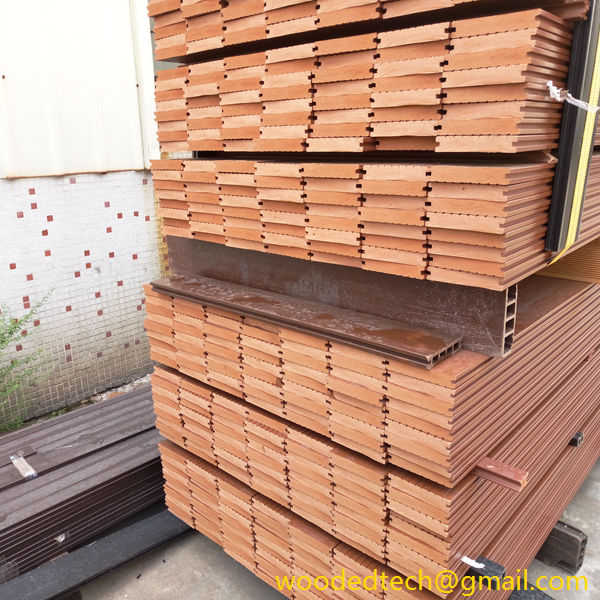
The price advantage is a critical factor influencing consumer choices in the WPC flooring market. As production capacities expand in low-cost regions, prices for WPC flooring have generally declined. This trend is particularly evident in the budget segment of the market, where consumers are increasingly opting for affordable flooring solutions without compromising on quality. The ability of manufacturers in Asia to produce WPC flooring at lower costs enables them to offer competitive pricing, which attracts price-sensitive consumers and contractors alike.
Moreover, the increasing availability of WPC flooring products in various designs and finishes has further fueled consumer interest. The versatility of WPC flooring, which can mimic the appearance of traditional hardwood while offering enhanced durability and resistance to moisture, makes it an appealing choice for both residential and commercial applications. As consumers become more aware of the benefits of WPC flooring, including its ease of installation and maintenance, the demand for these products continues to grow.
However, the focus on price competitiveness is not without its challenges. Manufacturers must ensure that cost-cutting measures do not compromise the quality and sustainability of their products. Consumers are becoming increasingly discerning, with many prioritizing environmentally friendly materials and production processes. As a result, manufacturers that can strike a balance between affordability and sustainability are likely to gain a competitive edge in the market.
In addition to production capacity and pricing dynamics, the WPC wooden flooring market is also influenced by changing consumer preferences. The rise of e-commerce has transformed the way consumers shop for flooring products, with online platforms offering convenience and a wider range of options. This shift has prompted traditional retailers to adapt their strategies, focusing on enhancing customer experience and providing comprehensive information about product features and benefits.
Furthermore, the impact of global events, such as the COVID-19 pandemic, has reshaped consumer behavior and accelerated trends toward home improvement projects. With more people spending time at home, there has been a surge in demand for home renovation and remodeling, driving interest in flooring options like WPC. As a result, manufacturers are increasingly focusing on marketing strategies that highlight the aesthetic and functional advantages of their products to capture this growing market segment.
In conclusion, the WPC wooden flooring market is experiencing significant changes due to shifts in global production capacity and pricing advantages. As manufacturers navigate the complexities of competing in a dynamic landscape, those that prioritize quality, sustainability, and innovative marketing strategies will likely emerge as leaders in the market. The interplay between affordability and consumer preferences will continue to shape the future of WPC flooring, making it essential for stakeholders to remain agile and responsive to evolving trends. As the market matures, opportunities for differentiation and growth will become increasingly apparent, paving the way for a sustainable and competitive future in the WPC flooring industry.

